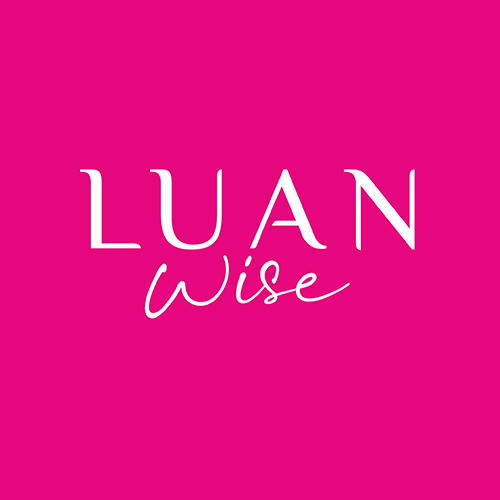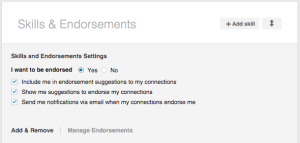LinkedIn Skills and Endorsements – by the far the biggest subject discussion in any LinkedIn seminar or in-house training session!
LinkedIn skills are an important factor in your profile getting found. Anyone searching for a new business contact, supplier or employee will be using skill-related keywords.
Therefore, if skills are going to help my profile get found, it’s essential to spend some time getting those 50 keywords right. I’m going to make sure I include those words again elsewhere in my profile – perhaps my headline, but essentially in my summary and experience descriptions. I’d recommend you do the same…
These skills also need to be re-visited regularly, to make sure they support current objectives for using LinkedIn , and that they’re working. By working, I mean getting a good number of profile views (which will happen as a result of your profile getting found). A good LinkedIn profile is constantly under construction!
So, why do I choose to switch off endorsements? Several reasons…
LinkedIn users are ‘click happy’.
The pop up box as soon as you visit a profile asks you to endorse straight away – it’s in your face and people click, without much thought.
And for me, this removes the value and credibility of the endorsement.
Aesthetically the way endorsements are displayed also makes me feel a little bit queasy! It takes up too much space and I don’t personally feel that the row of tiny profile pictures adds sufficient value. Is anyone going to take the time to click through and check out who’s done the endorsing? Possibly, but it’s unlikely.
As careers develop the list of skills you want to be recognised for changes. Not only does this require management, but it means that the numbers/photos can misrepresent what someone is skilled at. I have been endorsed for social media by former colleagues (who I worked with before social media was around) and, until I took control of the skills listed I looked to be amazing at things I just didn’t want to be doing (such as writing newsletters)!
A LinkedIn profile is there to tell a story. Now someone is on my profile page, it’s task is to get a conversation happening – a message from an existing contact, an InMail or a connection request (hopefully personalised!).
I believe that other sections of a LinkedIn profile tell a much stronger story than the skills listing. Once someone has searched and found my profile, that task is complete.
I now need to explain more about me, my experience, what I do and how I might be able to help (answer that initial search query).
Written recommendations that have had a little time spent on them also do a far better job than the ‘one-click’ skill endorsement. Publications I’ve written and projects I’ve been involved in can elaborate on the skills I’ve listed simply as good search terms.
LinkedIn profiles are personal, and this is my preference. It might not be the right setting for everyone, but right now, it’s the setting I’ve chosen


